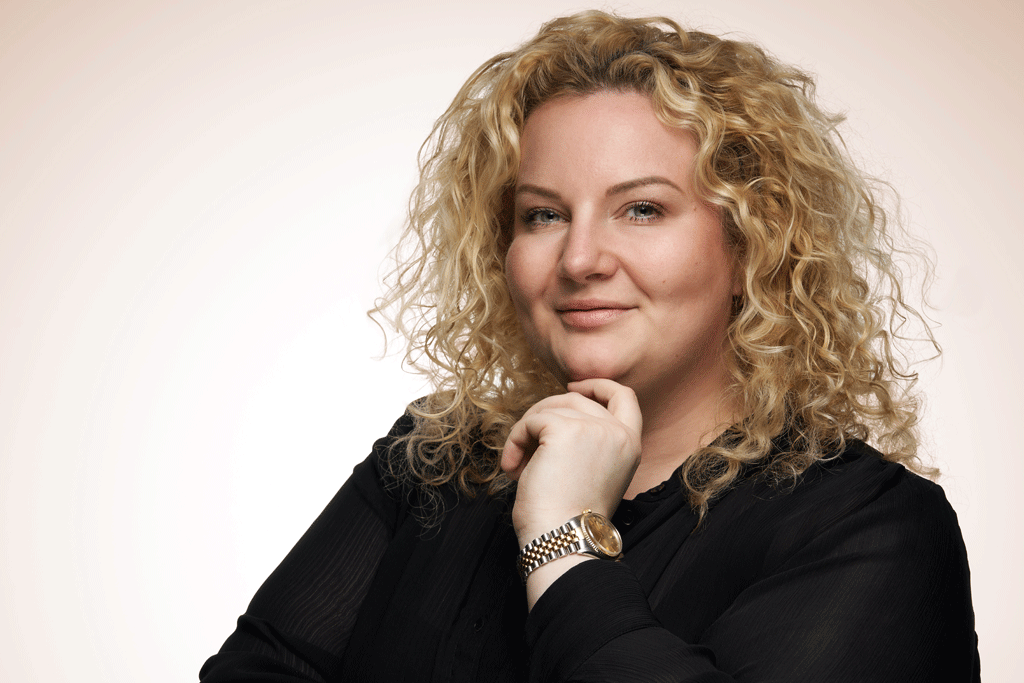BY ANTJE HEEPMANN, SENIOR EDITOR, WATCHPRO GERMANY
On September 28, 2021, Chronext’s co-founder and CEO Philip Man was basking in the glow of a pre-initial public offering valuation suggesting the company would be worth up to CHF 702 million when trading was expected to begin a week later on the Zurich’s SIX Swiss Exchange.
“I am delighted that investor interest in our offering has been so strong, and I am now looking forward to taking this next step as a listed company,” Mr Man said at the time.
A week is a long time in the luxury watch trading business and, on October 6, the IPO was suspended, never to be revived.
Going public, the company said at the time, had been “impacted by adverse market conditions for high growth companies”.
That was before the crash in prices for Chronext’s bread and butter business: buying and selling steel sports watches from Rolex, Patek Philippe and Audemars Piguet.
For a while after the aborted IPO, Chronext proceeded with an air of business as usual. In December of that year the company, WatchPro reported the appointment of another high profile director to is “Galactico board”.
Looking back, the news coming out of Chronext in 2021 demonstrated the growing hysteria around the secondary market as prices for hot watches soared. Remember, Chrono24 was also working towards a public listing that had to be pulled.
Some of WatchPro‘s headlines from that year suggested Chronext was gearing up for exponential growth up to and beyond its IPO:
CHRONEXT recruits former Facebook chief marketing officer to its board
CHRONEXT adds finance and compliance expert to its board of directors
Mr & Mrs Smith co-founder and CEO joins board of CHRONEXT
Reality bit as the market peaked then went into sharp decline in the second quarter of 2022 and in July of that year, WatchPro was reporting Chronext laying off almost a third of its workforce.
Philipp Man, now running the company from Switzerland instead of his native Germany, worked to steady the ship through those turbulent times, but in April, 2023, he was replaced as CEO by Philippe Roten, a former CEO of Favre-Leuba who had spent six years as country manager at the Swatch Group and seven years as global retail director for Europe, the Middle East, India and Africa for Hublot and TAG Heuer.
Somewhat below the radar, Frederike Knop had taken over as Chronext’s as head of workshop in March 2022, and was later promoted to managing director and COO. Since January, she has been running the company after Mr Roten departed.
Ms Knop appears to have provided stability and helped to steer Chronext towards a business that is less about transactions and more about service and a sense of community among watch collectors.
In her first major interview since taking the reins of the company, she spoke with WatchPro Germany’s editor, Antje Heepmann, about the challenges and opportunities ahead.
WatchPro: If you look at the years 2022 and 2023, you can see that things were turbulent not only in the pre-owned watch market, but also at Chronext itself. When Philipp Man moved to the board of directors in spring 2023, he said that “Chronext would be taken to the Next Level”. What do you take from that?
Frederike Knop: I joined Chronext in March 2022, just a few months after the withdrawn IPO. And yes, things continued to be turbulent right up to the change in management about a year ago. But Chronext’s basic goals have never really changed over time. Next Level is basically just a new name for our existing strategy.
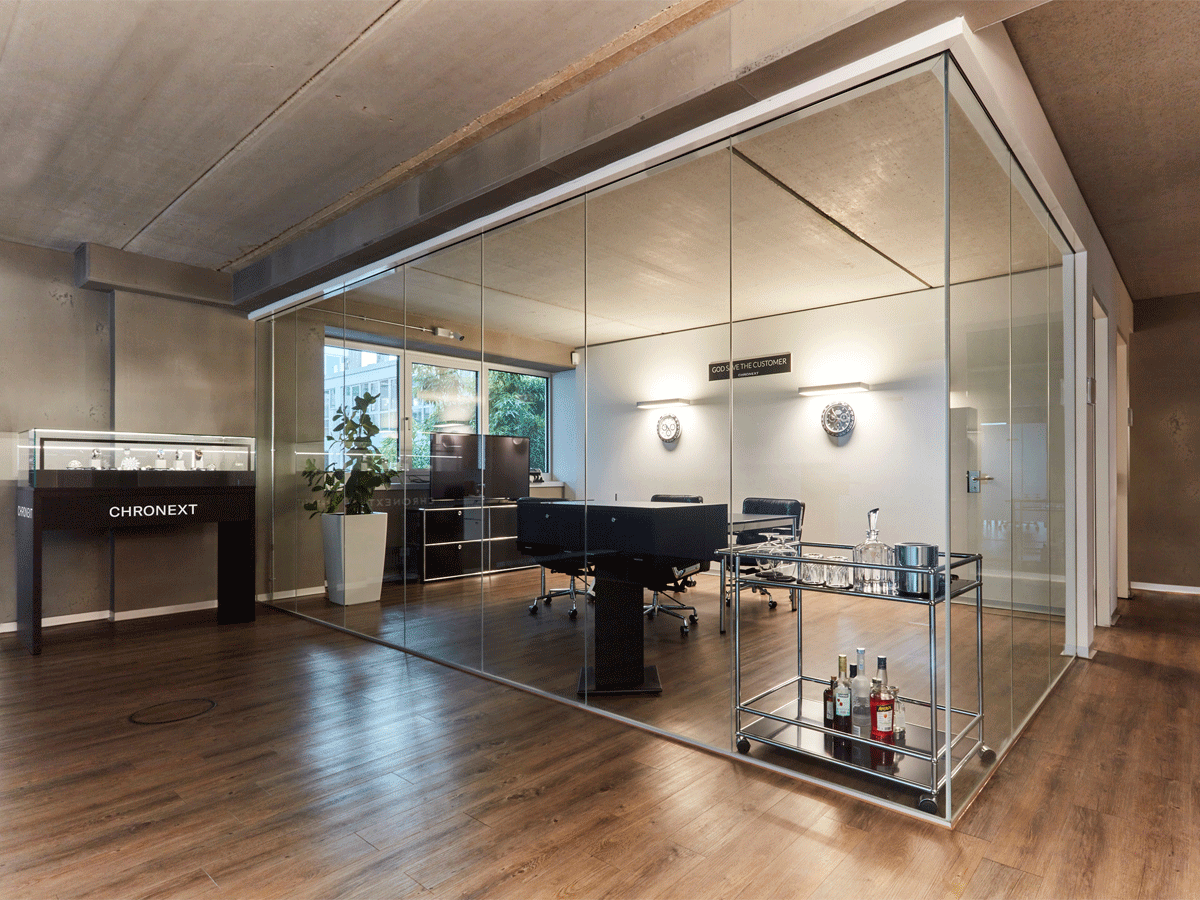
We started as a pure online retailer, that is our basis. And we want to make that even better. For example, it’s about the question of how you can create a customer experience that is even more luxurious and doesn’t just take place in the online shop.
How can you bring together aspects from the worlds of e-commerce and brick-and-mortar shopping experiences to offer customers the best possible service? How do we create a closed cycle, for example how does a buyer later become a seller on Chronext?
By the way, our rate of returning customers is currently 40%. That’s a very high value, but we want to get even better.
While other providers reacted a lot to price developments last year, our strategy was and is to optimise the processes for our customers.
WP: I assume the majority of your customers are male.
FK: We currently have 30% female and 70% male users, which isn’t bad at all. Before I moved to Chronext, I worked at Audemars Piguet for ten years, and the relationship was completely different.
What you can also see is that women are becoming less and less interested in so-called women’s watches. When we run marketing campaigns aimed at female customers, we don’t necessarily sell more women’s watches.
Interestingly, the suggestions for such campaigns mostly come from the men in our company (laughs).
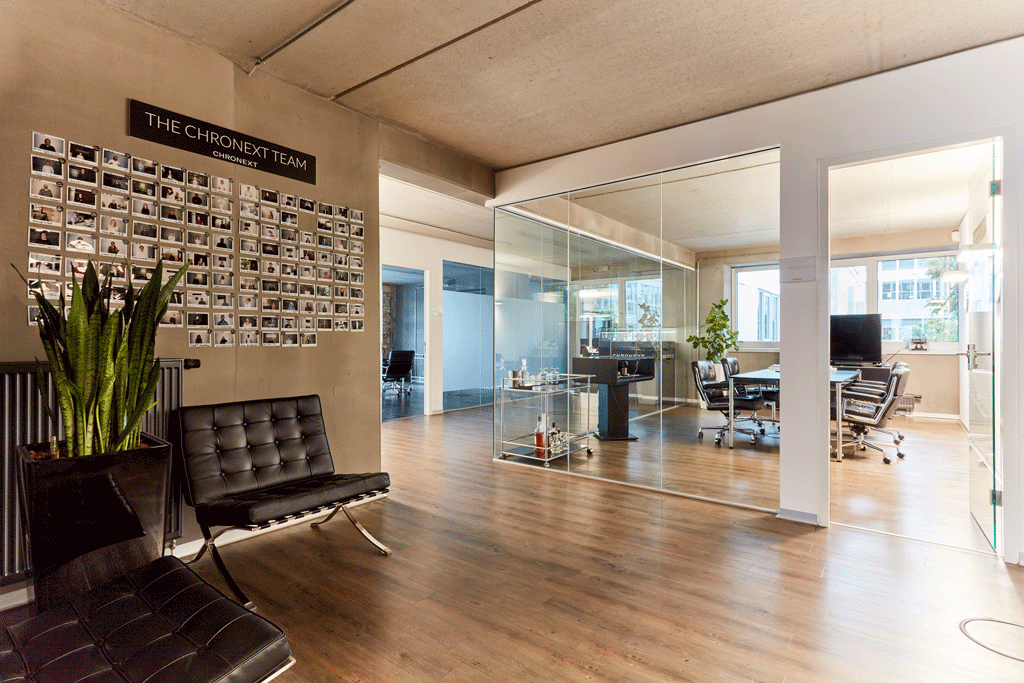
WP: Let’s take a quick look back at the Rolex/Bucherer deal. How do you think this will impact Rolex’s pre-owned model business?
FK: People had suspected for a long time that something like this would happen. When the time came, it gave us mixed feelings. Of course, we asked ourselves what this means for the concessionaires, i.e. Rolex jewellers.
But we are independent, and that’s why we love all the changes that not only affect the industry but also the end customers. This sensitises them to the topic of watches and arouses new desires. One person thinks now is the right time to sell my watch, and the other thinks they have to buy a lot of timepieces now.
And in Morgan Stanley’s current report on the Swiss watch industry you can see that Rolex is more than ever the brand to have. This is also reflected in our sales, which are 65% with Rolex.
WP: Rolex has its own CPO programme, but the watches are more expensive than on unofficial platforms.
FK: That’s not why we see it having a positive effect for us. As soon as a well-known brand like Rolex starts its own pre-owned programme, that in turn drives the activities at Chronext.
At first you might think that this would have a negative impact on our business. But the reality is that people are realizing that if Rolex gets into the CPO business themselves, then CPO is obviously a lucrative market.
And it’s not about buying a cheap watch, but rather an exciting story.
WP: Next week is Watches & Wonders, where Rolex will present this year’s new products. Everyone is wondering what these will be, but also which references will be removed from the list. This probably also has a positive effect on demand for Chronext?
FK: We are definitely very excited. Of course, we suspect that the very models that will no longer be so actively available will increase dramatically in price and demand. Because every customer who hasn’t had these models yet will want to have one.
This is what I conclude from developments in the past. We saw that there is movement in the market in the two or three months after models are retired. We are of course prepared for this and have stocked our warehouse accordingly.
WP: Various concepts have emerged in pre-owned retail. Chronext buys itself, repairs the watches if necessary, certifies them and sells them on. How do you structure pricing?
FK: The topic of pricing can be explained quite simply. We base ourselves on market prices. There have been many approaches to this in the past, not just ours, which involved setting a market price. But that was unrealistic because buyers and sellers inform and orientate themselves on the entire market. That’s very easy today.
We analyse all current market prices every day, including those of our competitors and those on popular websites. We combine this with historical data sets that we have collected over the past ten years.
But – and this is crucial – we don’t simply work with an automatic algorithm to determine a price. Instead, every single pricing we do is checked by experts.
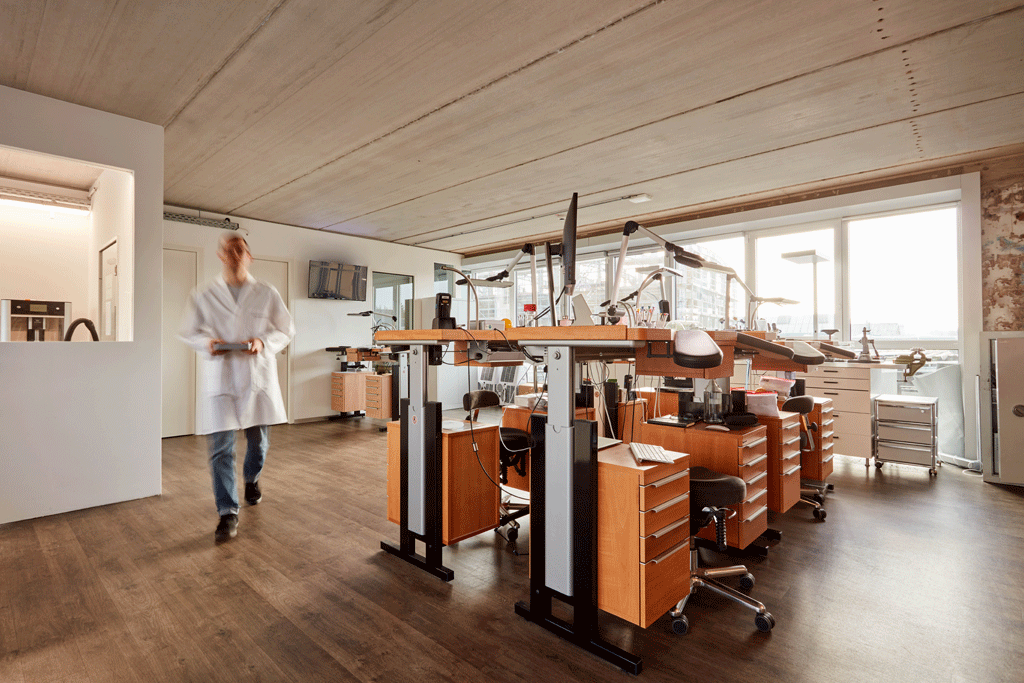
WP: What is supposed to happen with Watchmaster or what has already happened? Chronext bought the trademark rights to it last year.
FK: From the outside it may have seemed as if we wanted to buy the brand. But you have to know that the two founders grew up together in this business, so to speak, and there was more of a friendly competition.
It also quickly became clear that Chronext handled the topics of CPO and new watches through direct buying and selling while Watchmaster focused on consignment and commission.
We have now integrated the corresponding commission software. There are currently a few ideas on the table for the next steps towards Watchmaster and we are working on a possible strategy.
WP: You also sell new watches and launched an online boutique for microbrands last year. What does this mean and where do these watches come from?
FK: The category for independent brands, as it is now deliberately called, currently includes 15 independent brands which we source directly.
In a sense, we are their specialist retail partner. We have also responded to the suggestions of our customers who wanted an offer that was not available elsewhere. We offer brands that have little or no PoS in Germany because jewellers are reluctant to take them.
We offer brands reach and the opportunity to build a customer base. I admit I was skeptical, but it’s going really well.
It’s not only lucrative, it’s also really nice to see because it’s often about working with young founders who are just starting out.
WP: Philippe Roten, who took over management for a short time last year, spoke in an interview in October last year about offering Chronext stock to jewellers as a CPO brand. Does this plan still exist?
FK: We are actually already a few steps further along. We already had our lounges/pick-up lounges and are opening boutiques in Zurich and Munich in April and May.
But we always wondered how we could reduce the perceived distance between the jeweller and us and their scepticism towards us.
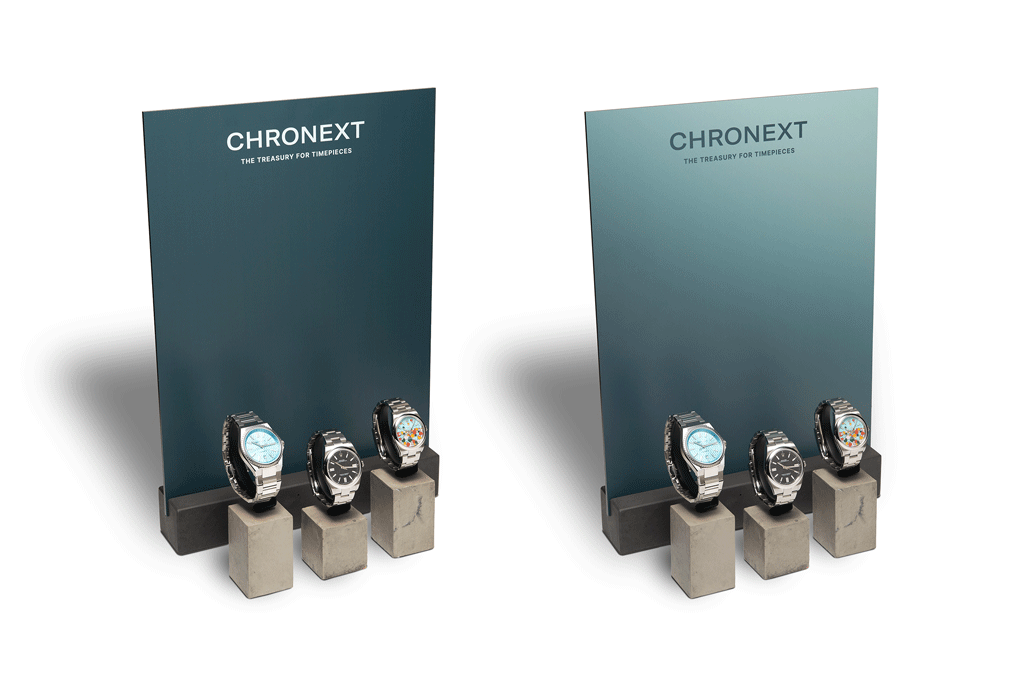
We have now tackled this first in Switzerland, where we have recently been present as a CPO brand with our watches in the shop window at Juwelier Galli in Zurich with a display and Chronext branding. When one of our watches sells, we earn a commission.
WP: Another business line is the service center in Cologne, where they provide maintenance and repair services for SINN, TAG Heuer and Breitling. How are these partnerships going, how important are they for Chronext and are there plans for similar partnerships with other brands?
FK: First of all, we are incredibly grateful that the current partners have given us their trust, because basically they want full control. But you also know that we open, service, repair and certify each of our own watches, ensuring the highest quality.
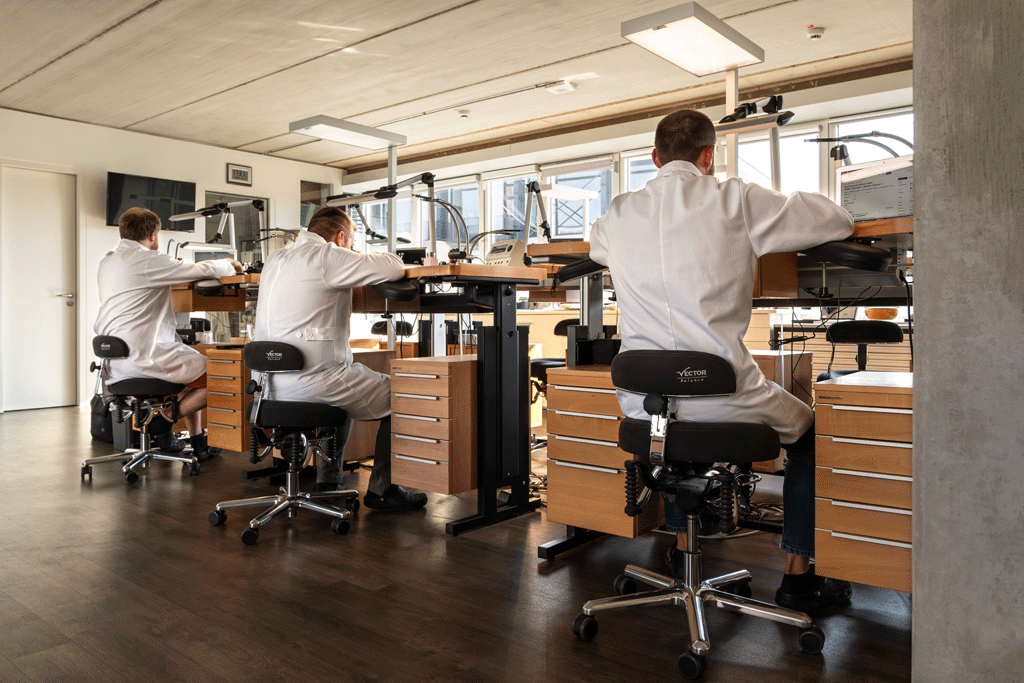
And yes, we are in discussions with other brands that currently do not have sufficient capacity for service work. It’s actually a win-win situation, but we still have to do some convincing.
WP: If you had to make a forecast for the pre-owned market for the next three years, what would it look like?
FK: There are rumors that within the next six years the CPO market will be larger than the market for new watches, which is also growing. This means there will be rapid development in the next three years.
And the next generation of buyers of 20 to 30 year olds are earning more money than ever and also attach great importance to sustainability. By the way, many brands don’t use the last aspect as much as they could.
In addition, the industry as a whole is moving closer together because people realise that they can benefit from each other. There are also completely new leaders coming to leadership positions such as Ilaria Resta at Audemars Piguet.
The mood in the CPO market is definitely positive and I think there won’t be many new competitors. Therefore, the competition between the existing players and brands is very easy to assess. This in turn means that everyone can focus on their strengths and become even better.

